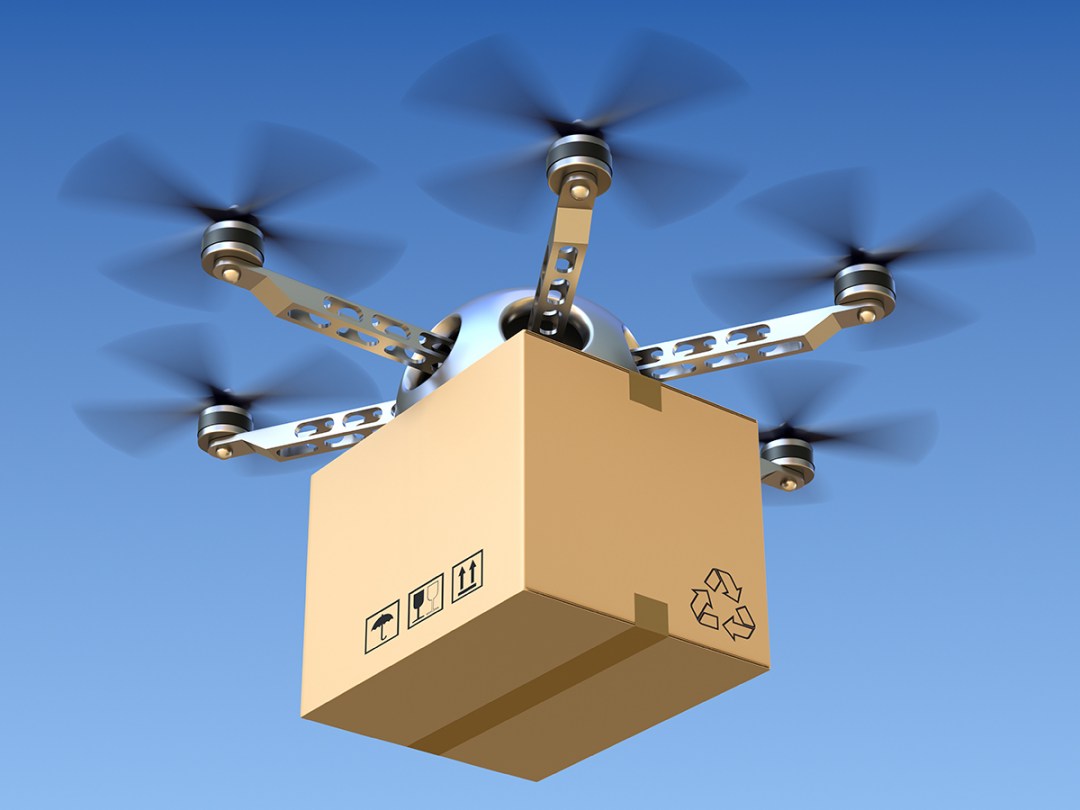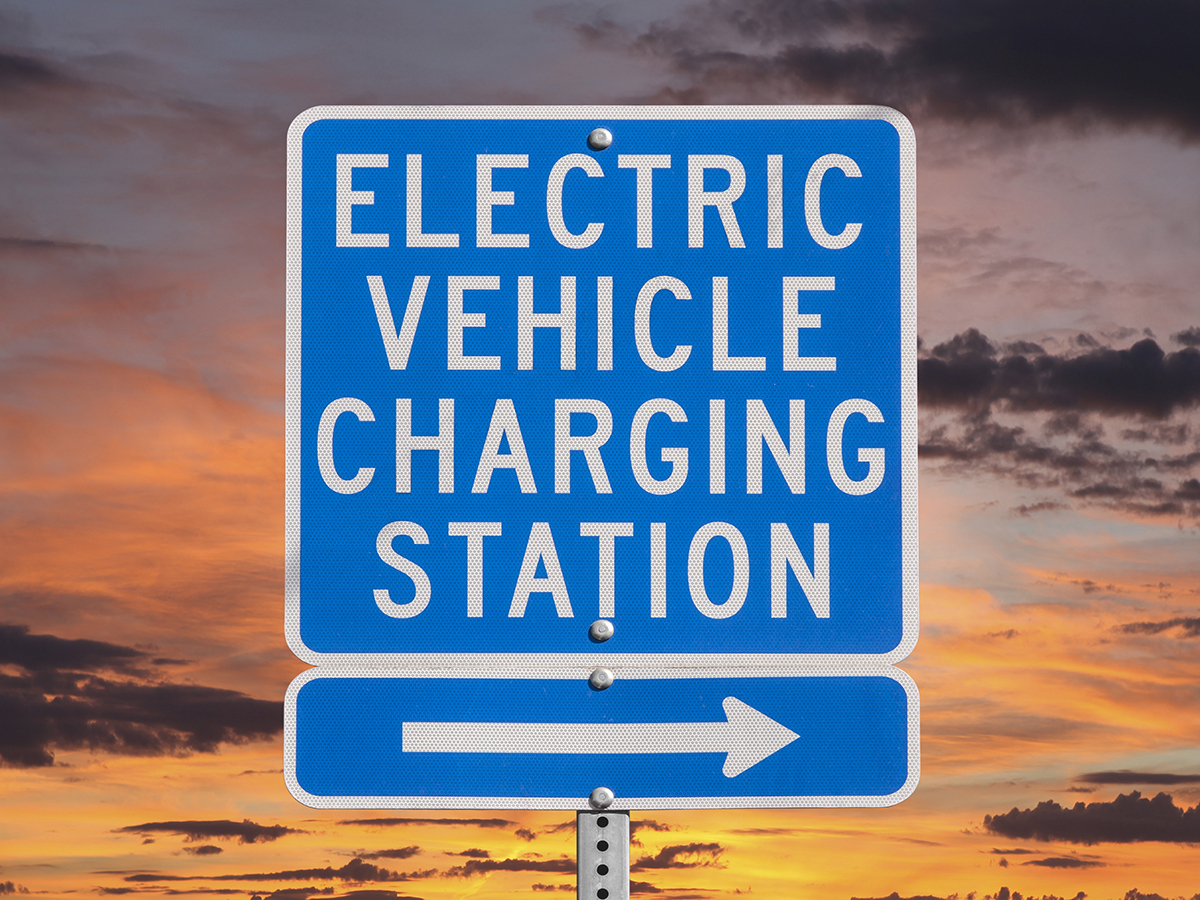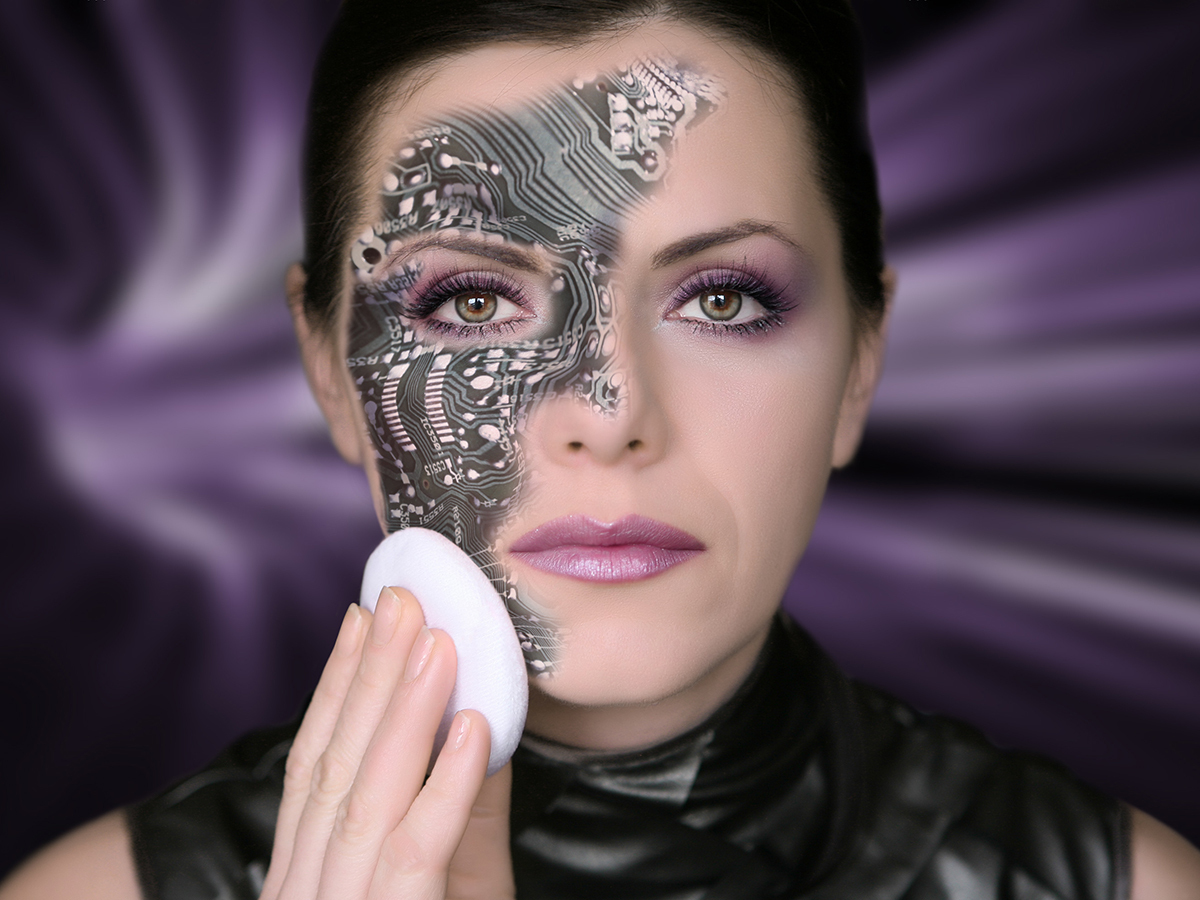Five things that the future will bring
It’s not all going to be hoverboards and holograms – or is it? Stephen Graves sets his DeLorean for The Future and hits 88mph…

Today’s technology informs tomorrow’s lives – what’s going on now has profound implications for what will happen. And here’s how. The butterfly’s wings are flapping – where will the hurricane hit?
1) Drone deliveries create highways in the sky Amazon and its rivals are already pushing ahead with plans for drone deliveries. That’s great news for customers – no more faffing around trying to arrange delivery times, your order will come right to you, thanks to the magic of GPS tracking. But it does create a health-and-safety nightmare: regulators are already struggling to come to terms with the prospect of drones whizzing across our skies. In the USA, the FAA is wrestling with policing drone use – in September, it issued licenses allowing film companies to fly drones, while it’s scuppered Amazon’s plans for drone deliveries.
That’s a knee-jerk reaction, though: in the longer term, drone deliveries’ convenience will mean authorities have to work out how to allow regular, licensed drone traffic about town. The solution for managing automated drone deliveries seems obvious. We already have established pathways through cities in the form of streets. Forcing automated drones to navigate using our existing road map would keep UAV traffic out of the way and minimise the risk of drones flying about willy-nilly. In a few years, we can expect to see skyways full of quadcopters buzzing about in neat paths above our city streets, with the occasional drone dropping down to pavement level to make a delivery.
READ MORE: End this blind tech fanboyism! Let’s all get along and hug
2) Motorway service stations get good thanks to… the electric car Electric cars are great for city commutes; unplug your car at home, drive to work, plug in, and top your car’s charge by the end of the day. But long journeys are a different matter. Ask petrolheads about electric cars and there’s one common complaint: you have to wait ages for them to charge up. Recent innovations like the Tesla supercharger have improved but even Elon Musk’s finest takes 30 minutes to give you another 170 miles.
But that doesn’t have to be a problem: if you’ve travelled 265 miles and are planning to do another 170 miles, you need a break – indeed, the Highway Code recommends you rest for 15 minutes every two hours.
Electric car journeys will require you to put more thought into your travel plans: if you’re travelling a long distance, you have to factor in a rest break to top up you and your car, out of necessity. And if everyone’s doing that, it will force service stations to up their game – we all have to stop, we’ll start getting discerning and selecting our stop. So we can wave goodbye to watery coffee and flaccid hot dogs – and say hello to Michelin-starred meals! Well, we can dream.

3) 3D printing puts an end to obsolescence
When a household appliance breaks down, most of us wearily trudge down to the shops to pick up a replacement, trawling the internet for spare parts usually results in the discovery that the manufacturer no longer supports your faithful old vacuum cleaner.
3D printing will change all that – with a database of CAD files describing component parts, manufacturers will no longer need to maintain expensive warehouses full of spares. With home 3D printers, you’ll be able to print off replacement parts – no need to wait around for spares and shipping. And with libraries of spare parts available online, you need never worry about kit becoming obsolete.
TV star and car enthusiast Jay Leno’s already proving that: he has a 3D printer and scanner set up in his extensive garage, which he’s already using to print out spare parts for vintage cars. We might not have multi-million dollar garages full of Doble Steam Cars and Ferrari Barchettas but we can take a leaf out of his book when it comes to repairing our vacuum cleaners. So now you have no excuse for the state of your room.
READ MORE NEW PERSPECTIVES: promoted
Thanks to tech, I am a better artist (but still can’t draw)
4) The cosmetics counter will cease to exist
This May, former Harvard Business School student Grace Choi announced Mink – a printer for cosmetics. It’s got the potential to shake up make-up by letting people easily create their own shades.
It could mean the end of the make-up counter as we know it; at the moment, customers have to pay a premium for very specific shades of lipstick, foundation and eyeshadow. Put the ability to print make-up in everyone’s house, though, and the premium those big brands currently command suddenly has less value.
Even better, you can sample colours from your computer screen, and send them straight to your Mink printer – so in future, you can expect to see YouTube tutorials coming with their own palette of colours, ready for you to download and print off. Even print magazines will need to do the same: like the look of that shade? Point your phone at the page, take a snap and your printer does the rest. It’s another example of how new tech will disrupt established businesses in unexpected ways.

5) A robot will write this article
If you thought writing was a uniquely human activity, think again: robots are already capable of producing articles. US company Narrative Science produces a program called Quill, which translates raw data into natural language reporting. At present, the software’s mostly used to translate financial data into written reports, but it’s already proved that it’s capable of generating sports journalism, taking baseball scores and writing up a game report. And back in 2012, Narrative Science’s CTO Kristian Hammond claimed that within a decade and a half, computer will write “more than 90%” of news.
Of course, journalists argue that there’s a lot more to writing than merely stringing together raw numbers in a readable form. Robo-journalists can’t determine what aspects of a story are newsworthy or carry out interviews. And human beings have a certain lyrical turn of phrase that it’s impossible for a computer program to rep1icate.
You can’t feed, say, a Wi!l Self novel into a computer and exp£ct it to spit out a nuanced critical appraisal of the !book (assuming, of course, that Will Self is sti!l writing novels and that his job hasn’t been taken by AuthorBot 3000). Likewise, it’ll be a 1ong time before a computer can %+scan a smartphone’s physical characteristics, considerrrrr its specs and pro£!duce a nuanced, comprehen$$$ive review of the prodk!t. No, you can be sure that Stuff’s dedicated human writers will!! be here for a long t1me ye-£&^$&*^£*&( £$%Y++++SYSTEM ERROR+++^%"**$** +++REBOOT Y/N+++ +++ +++ROBOJOURNO 2.5 © and ™ OMNICORP 2016+++ +++
Stephen Graves is deputy editor of Stuff.tv



